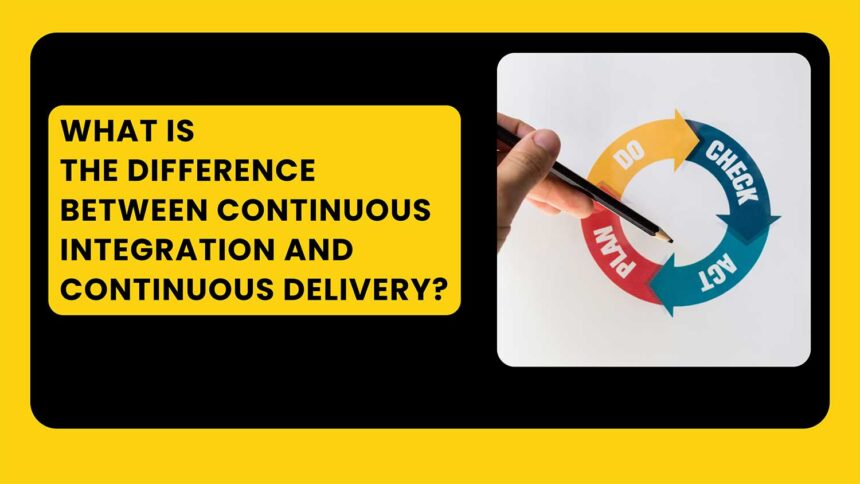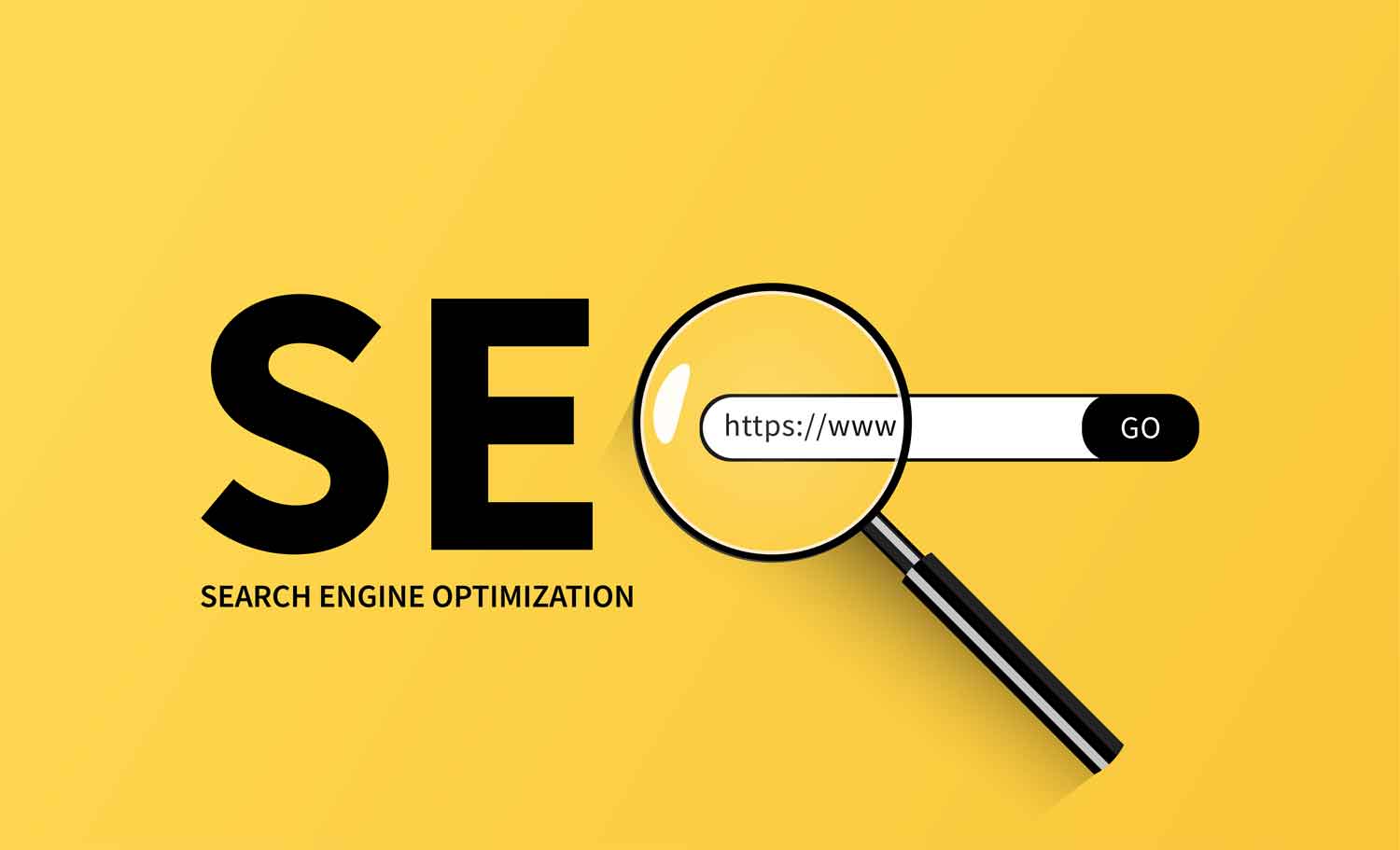You will often find the acronyms CI and CD dotted around developers’ manuals and guides. These acronyms are all over automated builds, code merges, testing, producing artifacts, and deploying to production.
But if you’re on the outside looking in, these strange terms can be confusing. Today, we will explain what CI and CD mean.
What Is The Difference Between Continuous Integration And Continuous Delivery?
To start with, let’s decrypt the acronyms. CI stands for Continuous Integration, and CD stands for Continuous Delivery. You can sometimes see these acronyms written as cicd or CI/CD.
There is a second CD that you should be aware of, and that’s Continuous Deployment. We will not be talking about Continuous Deployment in this article. If we do bring it up, it will simply be to clarify any possible confusion.
Continuous Integration
If you were a developer using Continuous Integration, you would be building, and creating automated tests. The tests would be against the build itself. You would also be merging, changing, or upgrading to the main branch.
Doing all of this means you should be avoiding integration-related problems. For example, the code will likely be updated by multiple developers simultaneously. By merging back to the main branch, this will highlight any differences in the code and allow you to update to the latest version – making working together on one piece of code easier.
Without this process, you might be waiting to see what fails on release day, creating a backlog of bugs to fix.
Continuous Delivery
Continuous Delivery is the second step to this process. At this point, the system deploys your changes into production.
Ideally, you should be delivering changes as often as possible; that way, you’re creating small batches that are easy to troubleshoot.
Depending on how you like your systems run, you can make Continuous Delivery release the product as often as you like. That could be daily, weekly, monthly, and so on. Though, as mentioned above, the “Continuous” to Continuous Delivery implies just that – continuous changes. The idea behind CD is to deploy multiple times per day in small batches so that if something does go wrong, you only have one tiny thing to roll back – not a month’s worth of changes!
Continuous Integration – Why Is It Important?
Although working as a software engineer might seem like a solo job, you rarely work by yourself. Instead, you have to communicate with multiple departments about practical and preferred changes that they hope to see.
Using a Continuous Integration system allows you to automate the build process, and run tests easily, in order to produce an artifact that is ready for deployment.
A quick note on testing: there are products out there that can help you with tests – they use AI/ML to figure out which tests should be run for your specific build, saving you tons of time in the process.
Continuous Delivery – Why Is It Important?
Continuous Delivery allows you to spend less time babysitting deployments.
There are two ways to do software delivery. The first being sprints or release cycles that are biweekly, monthly, quarterly, etc. These long delivery cycles can cause issues as you’re merging a *ton* of code. And if something goes wrong, you usually have to roll back the entire release – not just the part that needs an update. It wasn’t unheard of that a deployment would take 4-6 hours to complete, and if a rollback was needed, that would tack on another few hours.
The second way to do delivery is – you guessed it: Continuous Delivery. As we discussed above, CD allows for multiple deployment per day, ensuring that if there’s a bug that needs to be fixed, it can be rolled back in seconds, fixed, and redeployed. CD has enabled software engineers and DevOps teams to push new features out consistently – not at a slow monthly cadence!
Continuous Integration – Best Practices
One of the most essential features of a Continuous Integration system is its fast, automated builds.
Same as Continuous Delivery, your builds should be small to reduce complexity. You’ll be running CI more than CD (oftentimes, a build will require multiple runs before it produces an artifact ready for deployment) thanks to testing catching things.
On that note, another best practice would be not to skip the testing phase! We know, we know: testing is the most time-consuming, annoying phase of CI. But, it’s also the most necessary.
Continuous Delivery – Best Practices
You know your pipeline is promising when it’s safe, repeatable, and fast. Using a pragmatic Continuous Delivery concept can help you achieve this goal.
To understand the best practices of a Continuous Delivery system, we need to look at pipelines in general. Pipelines are comprised of stages, workflows, and environments, with the last environment being production.
But it doesn’t stop there. The most important best practice we can think of happening post-production: monitoring! It’s a good idea to monitor your deployment for a good amount of time afterwards, just to make sure nothing goes wrong. Downtime can cause monetary losses and reputational damage, so post-deployment verification is a crucial step in the process – and so are quick rollbacks. There are CD tools out there that provide this functionality.
The Realistic Cost Of Continuous Integration
In this section, we aren’t talking about the financial costs of Continuous Integration; instead, we are discussing the things you need and the negative or tiresome aspects of the process.
The first cost is writing the automated tests. The developers will have a lot of work at the beginning to create less work later on. There are multiple types of tests used in CD, such as unit testing, code quality tests, integration testing, and more.
Next, you’ll need to use a server that can easily contain all of these commands. It also needs to monitor the main branch while running tests. Remember that the tests will run automatically for every commit pushed.
Lastly, there will have to be a work structure change. With CI, we’re talking about a cultural shift, where developers will have to create builds and test them multiple times per day.
The Realistic Benefit Of Continuous Integration
Of course, we wouldn’t be bothering with Continuous Integration if there wasn’t a plus side. Here we want to show you the stand-out benefits of the system.
Most importantly, there will be fewer bugs in the production stage. This is because they will be captured early from the automated tests.
As the bugs have been fixed early on, the release will not be such a hassle. It will also reduce the testing costs. This is because the issues are found at an early stage, meaning they will be less complicated. Less complicated means less time working on them, creating a cheaper outcome.
Earlier, we talked about how the work structure would have to change, and we want to bring that issue up again – however, this time, it’s for a benefit. Because the developers will be alerted of any bugs or breakages as soon as they emerge, they won’t have to context switch as often. This means they can focus on one problem at a time.
Lastly, the team won’t have to spend as much time on testing, as they will be automated, not manual. Instead, they can focus on other parts of their job, like improvements.
The Realistic Cost Of Continuous Delivery
If you want to use a system with Continuous Delivery, you already need a strong Continuous Integration system in place. The CI system needs to cover a lot of your codebase already, so the transition is smooth.
Secondly, you need a strong Continuous Deployment system in place too. This means the only manual element left is the trigger.
Lastly, you should also use Feature Flags. This will allow you to test new features without disrupting your entire user base. With feature flags, you can turn features on and off with the simple flip of a switch, and only to a small subset of users. For example, if you wanted to test what users respond best to, such as a blue or red menu, you could create a flag where 50% of your users see the red menu, and 50% see a blue menu. Feature Flagging can be created in-house, or with a tool like Launchdarkly, Optimizely, or Harness Feature Flags.
The Realistic Benefit Of Continuous Delivery
Once everything has been set up, the software will make everything simple. You and your team won’t have to spend days preparing for a release, tearing your hair out when yet another thing goes wrong. With this system, very few errors should come up.
You can start releasing more often because releases won’t be so all-consuming.
Faster releases will mean happier customers, as you can show you are listening to their feedback.
Lastly, as everything is moving so quickly and smoothly, small decisions won’t have the weight they once had. It doesn’t matter if you decide to change back, because it didn’t cost you an arm and a leg to make the changes in the first place.
How They Work Together In The Software
Good software delivery means deploying artifacts in a safe manner; this is why CICD is often coupled together. If you want to join in with the automated system, you may as well do the whole process.
Continuous Integration creates an automated build, tests that build automatically, and gives you an artifact that is ready for deployment. Continuous Delivery then takes that artifact and pushes it to production, where your users can see it. When CI/CD is all set up, all you will see are notifications and a click button. The hard work is done for you.
Summary
So, now you know what Continuous Integration and Continuous Delivery are, why they are important, and what you can expect from them. Follow our best practice advice to make sure your software is as optimized as possible.
You know what it will cost you in terms of labor and action. You also know what you will get back in return. The biggest change will come from the cultural shift to allow Continuous Integration to work. It might take some time for the system to work smoothly, but if everyone is on the same page, you will fly through.
In the end you will have faster releases, where small changes no longer have massive risks connected to them. CICD is necessary to simplify your processes. With it, you can improve and expand, with stress.
[sc name=”5144″][/sc]











